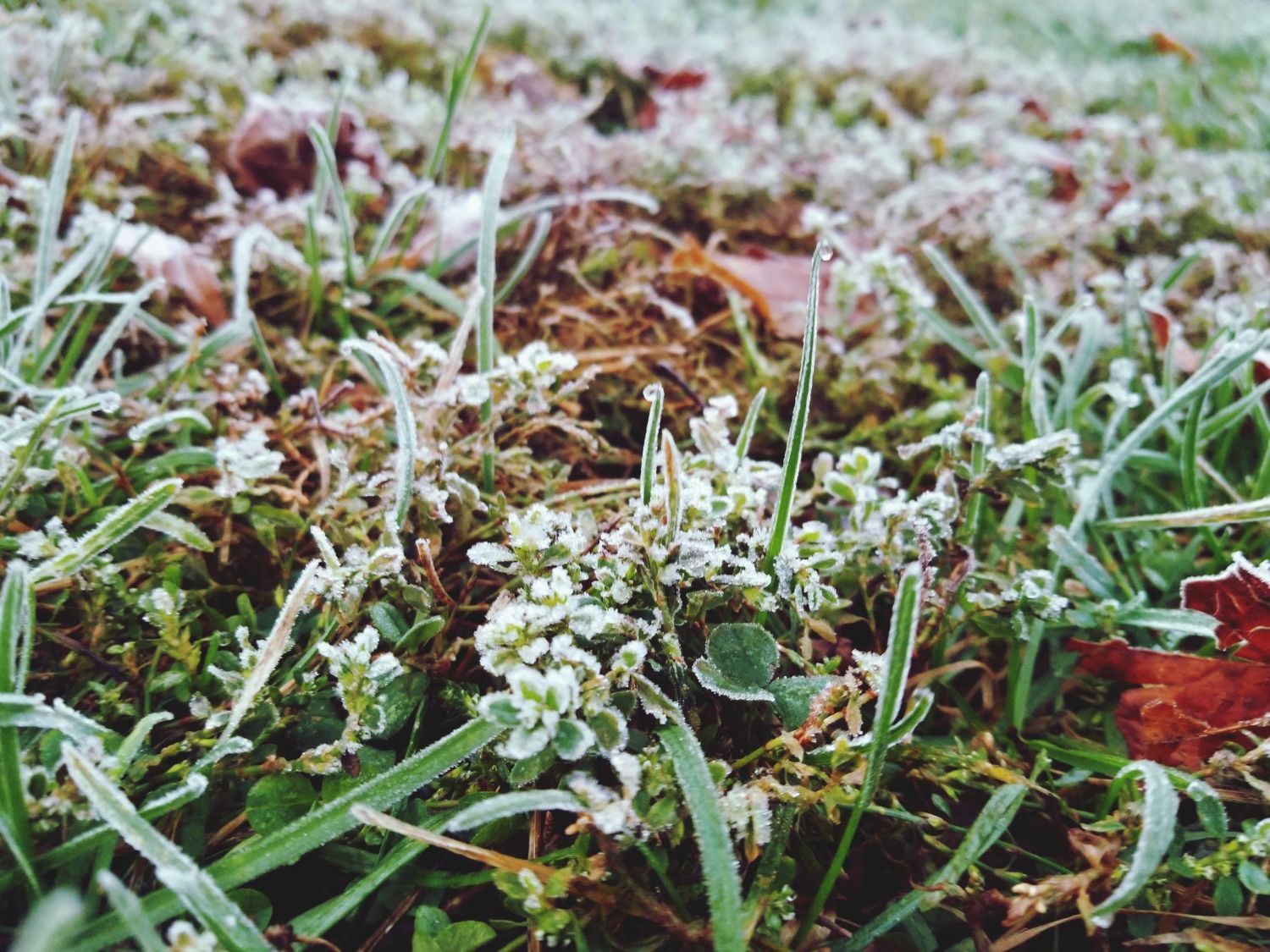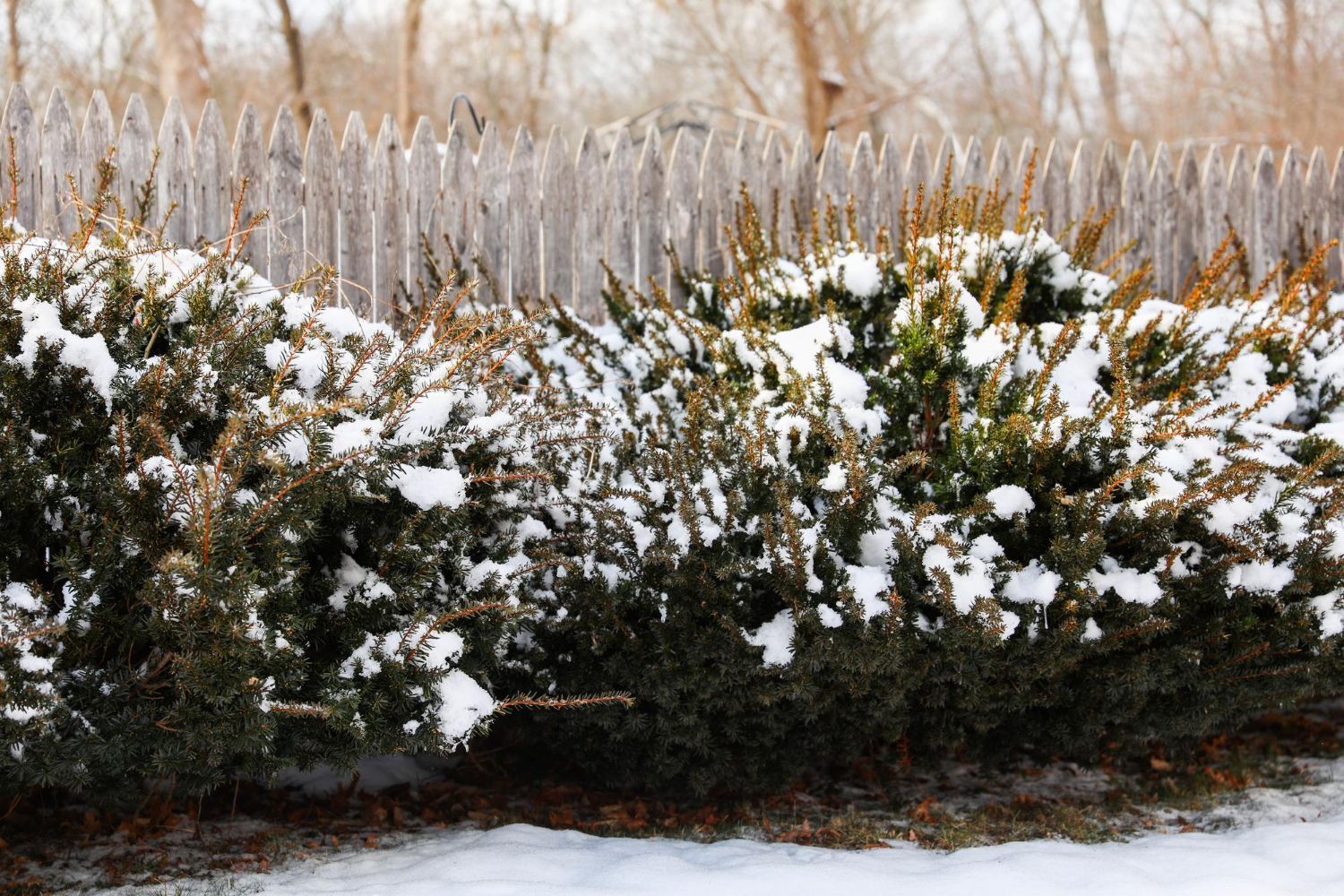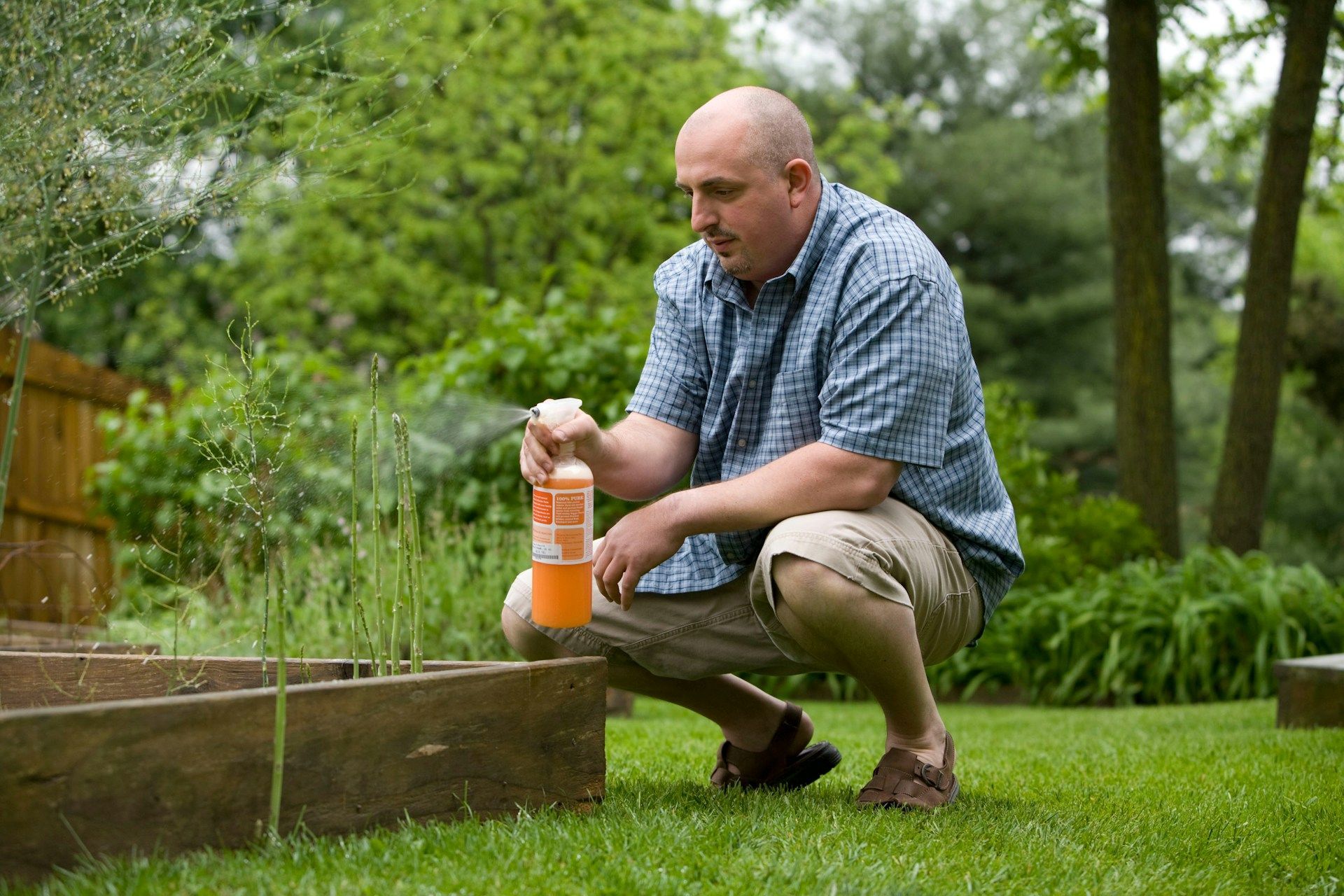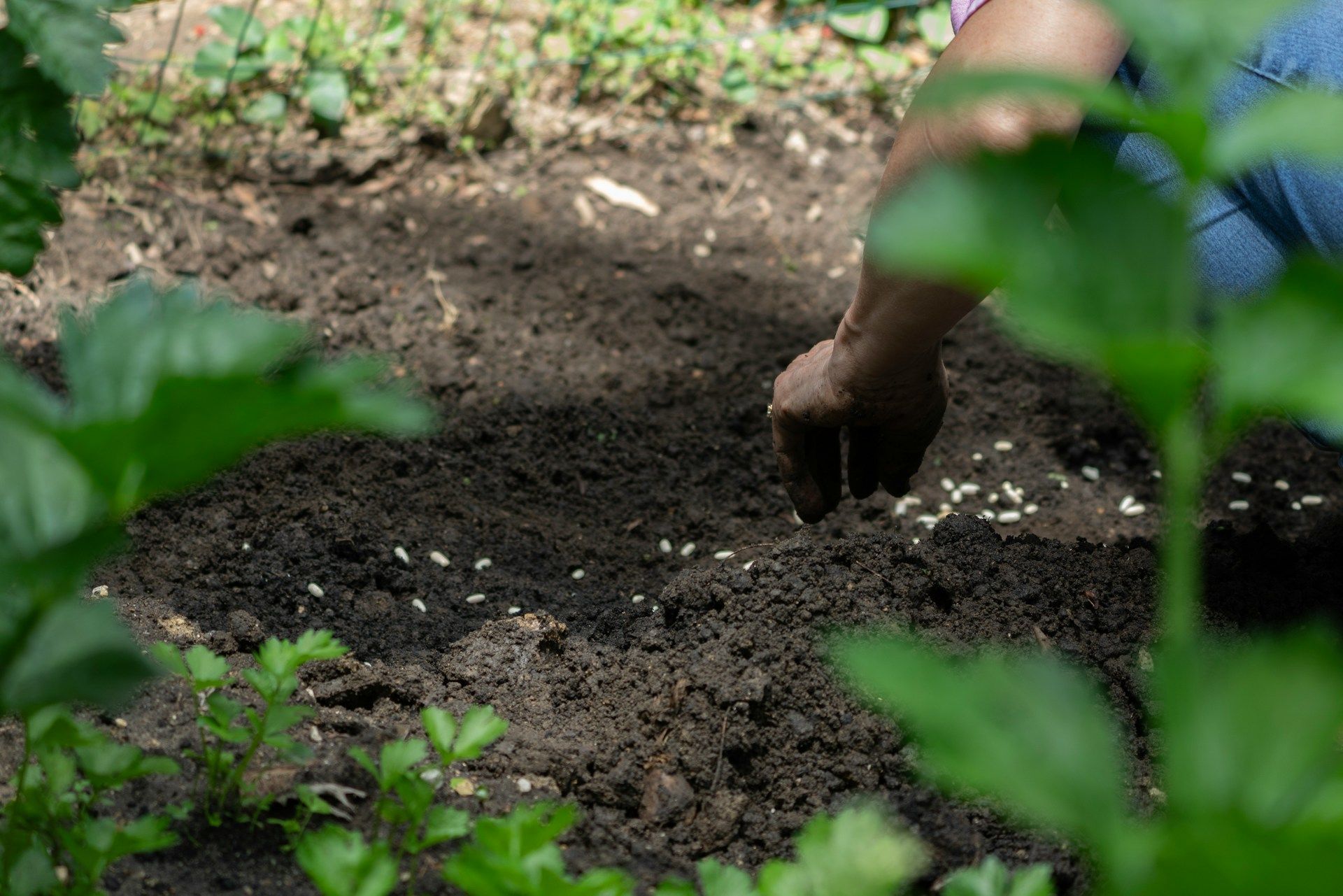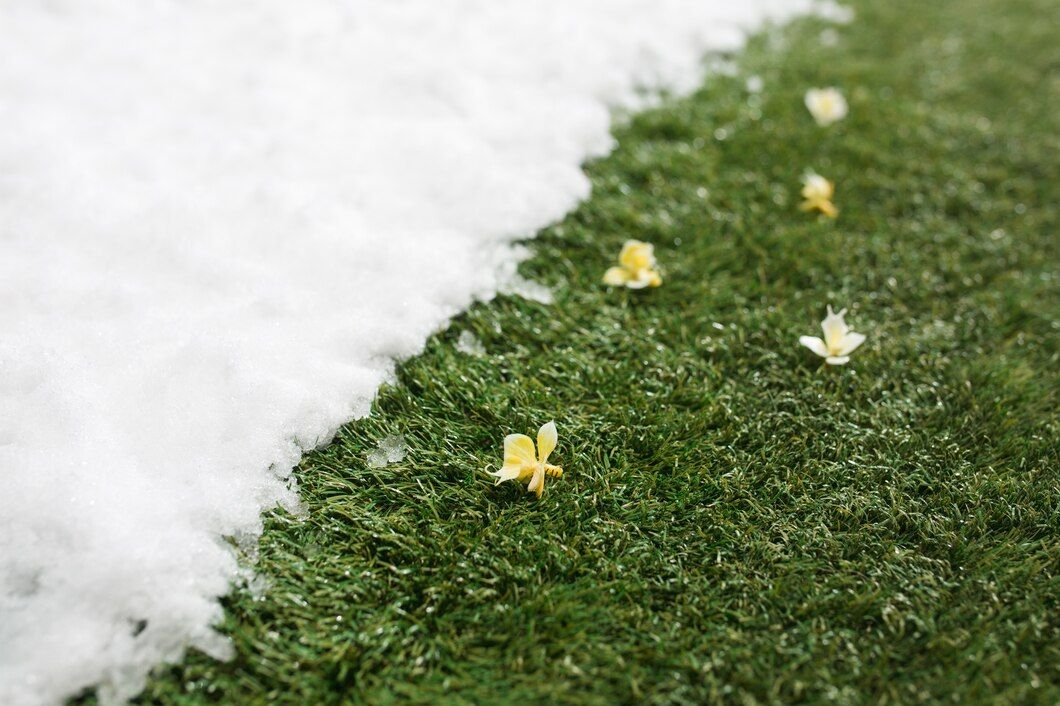What Our Customers Are Saying
Easy Ways to Care for Your Trees and Shrubs
Caring for your trees and shrubs can seem like a massive task, but it’s easier than you might think. Trees and shrubs add beauty and shade to our yards, making them worth the effort. With the right knowledge, you can keep them healthy and thriving without spending all your time doing yard work.
When trees and shrubs are well-tended, they can live for many years, providing numerous benefits. They improve air quality, offer shelter to birds and insects, and boost your property’s value. However, they require specific care to stay healthy. Understanding what your greenery needs through different seasons can save time and prevent problems down the line.
Let’s dive into some easy ways to take care of your trees and shrubs. From basic watering and pruning to protecting them from pests and diseases, these tips will help you maintain a beautiful and flourishing yard. Whether you’re new to gardening or looking to improve your existing practices, you’ll find these steps simple and effective.
Understanding the Needs of Your Trees and Shrubs
Different Types of Trees and Shrubs
Different types of trees and shrubs have different needs. Evergreen trees like pine and spruce keep their leaves year-round and generally need less water. Deciduous trees, such as maples and oaks, lose their leaves in the fall and may require more water during the growing season. Shrubs can vary widely, from flowering varieties like azaleas and rhododendrons to foliage shrubs like boxwoods and hollies.
Understanding the specific type of tree or shrub you have will help you provide the right care. Each species has its own preferences for sunlight, water, and soil type. Knowing these details allows you to tailor your care routine, ensuring your trees and shrubs flourish.
Seasonal Care Requirements
Trees and shrubs have different needs depending on the season. In spring, focus on fertilizing and pruning to encourage new growth. Summer requires consistent watering, especially during dry spells. Fall is the time to mulch and prepare your plants for winter, while winter care might involve protecting young trees and shrubs from frost and heavy snow.
Each season brings its own set of tasks. For example, in spring, you might also want to inspect for any winter damage and remove dead or broken branches. Understanding these seasonal needs ensures your trees and shrubs get the care they need throughout the year.
Basic Maintenance Practices
Regular Watering Techniques
Proper watering is crucial for the health of your trees and shrubs. Water deeply and less frequently to encourage deep root growth. Shallow watering can lead to weaker roots. Early morning is the best time to water because it allows the soil to absorb water before the heat of the day.
It's important to know the specific water needs of each plant species in your yard. Overwatering can be just as harmful as underwatering. During dry periods, increase watering frequency but ensure the soil has good drainage to prevent root rot.
Proper Pruning Methods
Pruning helps maintain plant health and shape. For trees, remove any dead or diseased branches first. This not only improves the tree's appearance but also prevents the spread of disease. Shrubs benefit from regular trimming to keep them looking tidy and to encourage fuller growth.
Use clean, sharp tools to make precise cuts, and avoid heavy pruning during the growing season as it can stress the plant. Always make cuts at a slight angle to promote healthy growth and prevent water from collecting on the cut surface, which can lead to rot.
Mulching for Healthy Growth
Mulching holds moisture, suppresses weeds, and regulates soil temperature. Apply a 2-3 inch layer of mulch around the base of your trees and shrubs, but keep it a few inches away from the trunk to prevent decay. Organic mulches like wood chips and bark are excellent choices because they add nutrients to the soil as they decompose.
Mulching in the spring and fall can provide numerous benefits to your plants. In spring, it helps retain moisture as temperatures rise, and in fall, it provides a layer of insulation for the roots against cold weather. Regularly check and replenish mulch levels to maintain its effectiveness.
These basic maintenance practices lay a solid foundation for healthy trees and shrubs, ensuring they thrive in your yard year-round.
Protecting Against Pests and Diseases
Identifying Common Pests
Knowing which pests could harm your trees and shrubs is the first step in protecting them. Common pests include aphids, beetles, and spider mites. These pests can cause significant damage by sucking out plant juices, eating leaves, or boring into the wood. Signs of pest problems include curled or yellowing leaves, holes in the foliage, and visible insects on the plants.
To manage pest problems, regularly inspect your trees and shrubs for these signs. Early detection makes it easier to control the pests before they cause major damage.
Preventative Treatments
Preventing pest infestations is often easier than dealing with them after they’ve taken hold. One effective method is to use natural predators like ladybugs and lacewings, which eat harmful insects. Another option is to apply horticultural oils and insecticidal soaps that are safe for the plants but deadly to pests.
Maintaining a healthy garden also helps prevent pest problems. Proper watering, fertilization, and mulching create an environment where plants can resist pests naturally. Regularly cleaning up fallen leaves and debris eliminates places where pests can hide and breed.
Recognizing and Treating Diseases
Plant diseases can spread quickly, so it’s important to recognize the signs early. Common diseases include powdery mildew, root rot, and leaf spot. Symptoms can vary but often include discoloration, wilting, or unusual spots on leaves.
Treating plant diseases might involve removing infected parts of the plant and applying fungicides. It's also helpful to ensure good air circulation around the plants and avoid overhead watering, which can spread disease. Regular monitoring and prompt action can keep diseases from turning into a serious problem.
Enhancing Growth with Fertilization and Soil Care
Choosing the Right Fertilizer
Fertilizer provides essential nutrients that trees and shrubs need for healthy growth. Choosing the right type of fertilizer depends on your soil’s current condition and the specific needs of your plants. There are granular and liquid fertilizers, and you can find ones formulated for specific types of trees or shrubs.
Look for a balanced fertilizer with a mix of nitrogen, phosphorus, and potassium. These elements support various aspects of plant health, from root development to foliage growth. Reading the labels on fertilizer packages can help you select the best option for your garden.
Soil Testing and Amendments
Before applying fertilizer, it’s a good idea to test your soil. Soil testing kits are available at garden centers and provide detailed information about nutrient levels and pH balance. Knowing your soil’s composition helps you choose the right amendments to improve its quality.
Adding compost, peat moss, or other organic matter can amend soil that lacks nutrients or has poor structure. These amendments help retain moisture, improve drainage, and provide a steady release of nutrients to plants.
Timing and Application of Fertilizers
The timing of fertilizer application can affect its effectiveness. For trees and shrubs, early spring is an ideal time to apply fertilizer as the plants are coming out of dormancy and starting new growth. Some plants may benefit from a second application in late summer or early fall.
Apply fertilizer evenly around the base of the tree or shrub, avoiding direct contact with the trunk or stems. Water the area thoroughly after application to help the fertilizer reach the roots. Following these guidelines ensures your trees and shrubs get the nutrients they need to thrive.
Final Thoughts
Taking care of your trees and shrubs doesn’t have to be complicated. Understanding their specific needs and practicing good maintenance can keep your greenery healthy and vibrant. Protecting them from pests and diseases and providing the right nutrients through proper fertilization and soil care will ensure they thrive.
Healthy, well-maintained trees and shrubs add beauty and value to your property, making your outdoor space a pleasant place to relax and enjoy. Whether you're a seasoned gardener or just starting, these tips provide a solid foundation for effective care.
If you need more help or want to ensure your trees and shrubs get the best care possible, contact Healthy Lawn. Our expert team is ready to assist you with all your
tree and shrub care needs. Get in touch with Healthy Lawn today, and let us help you create a beautiful, thriving yard.



